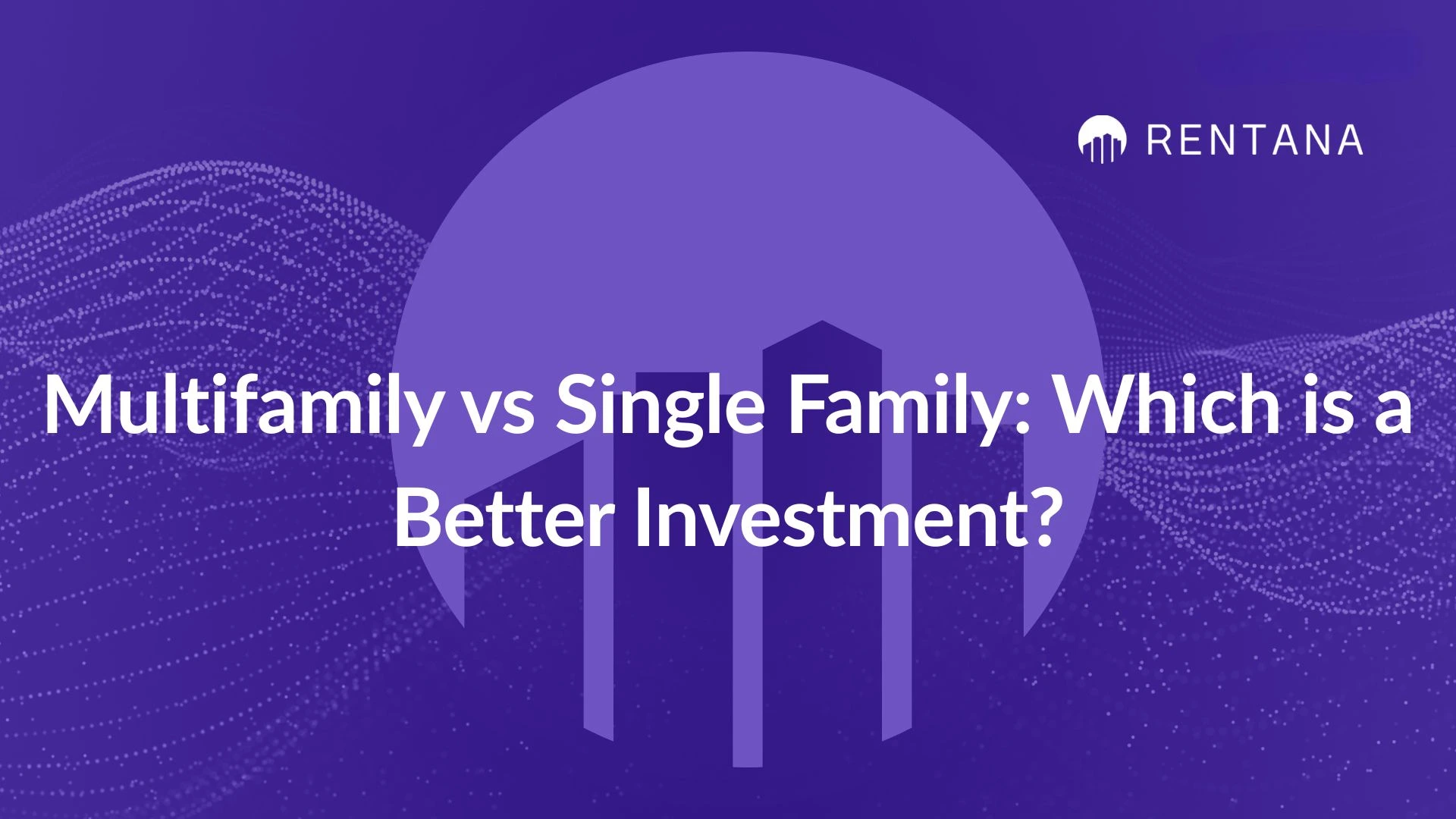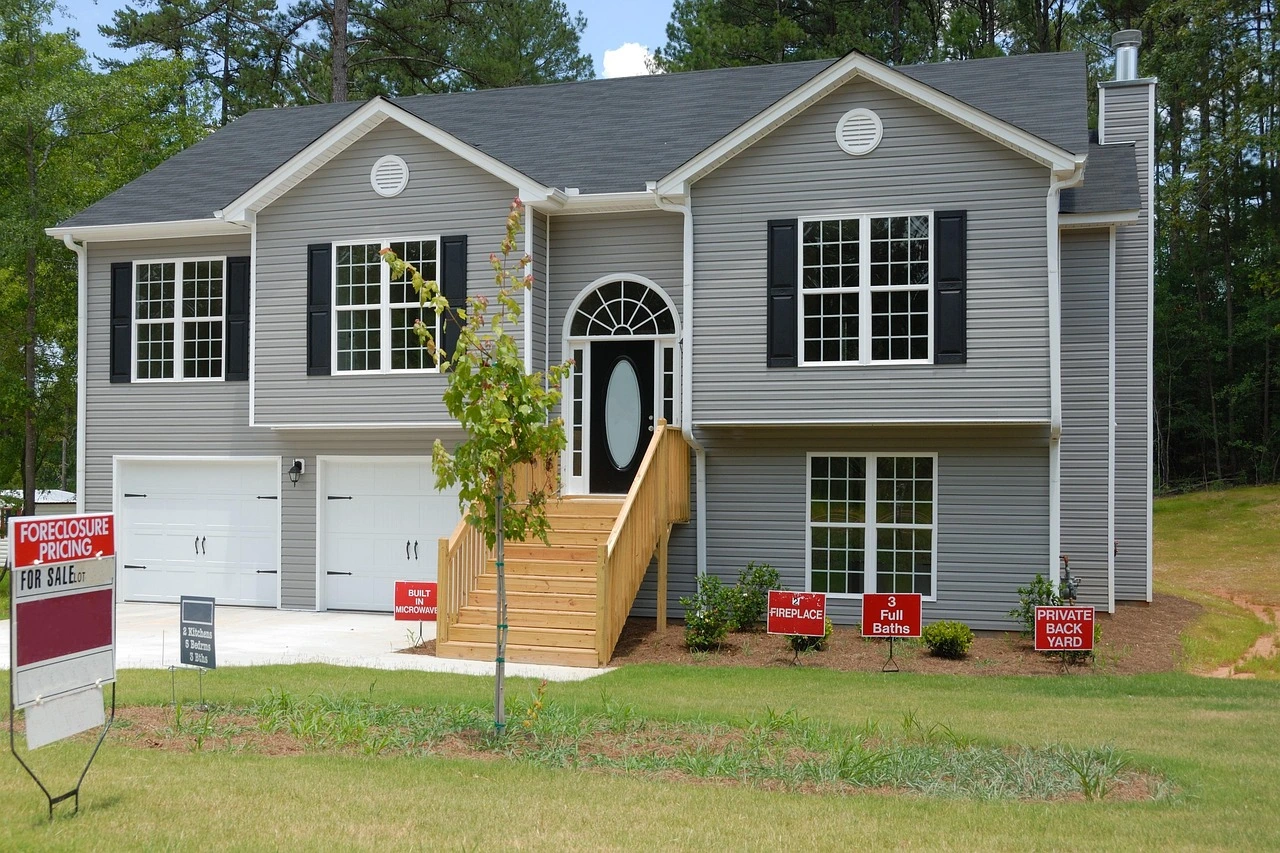




Have you ever found yourself scrolling through real estate listings, torn between buying a single-family home or diving straight into an apartment building? It’s one of the first big decisions every investor faces. Both options can build wealth, but they work in very different ways.
Single-family properties are often the easier first step. They’re familiar, simple to manage, and come with lower upfront costs. Multifamily apartments, on the other hand, open the door to bigger cashflow and long-term growth.
In 2025, both markets are evolving fast. Rising demand for rentals and higher interest rates are changing the game, and smart investors are paying close attention to which type of property performs better in the new economy.
We’ll discuss multifamily vs single amily and what makes each investment unique, what the numbers really look like, and how to decide which path fits your goals best. By the end, you’ll have a clearer picture of where your money can grow the fastest, and what kind of investor you want to become.
Related: How To Calculate the Value of a Multifamily Property Easily

Before choosing between multifamily and single-family properties, it helps to understand how each one works. Both can generate rental income and build long-term wealth, but they operate differently in management, structure, and returns.
A multifamily property is any building that has more than one rental unit under a single roof. This can range from a small duplex to a large apartment complex with hundreds of units. Investors earn income from multiple tenants at the same time, which helps create steady cashflow.
Because these properties have several units, they can handle vacancies more easily. If one tenant moves out, the others still generate rent to cover expenses. That reliability is one reason many investors move into multifamily as they grow. Managing a multifamily property can be more complex since it involves more tenants, maintenance, and possibly staff, but it also allows investors to scale faster and build equity more efficiently.
Example: Owning a 10-unit apartment building can bring in ten different rent checks every month. Even if one or two units are vacant, the property still earns income, which makes it more stable than a single rental home.
A single-family investment is one house rented to one tenant or family. It’s often the first step for new investors because it’s simple to understand and manage. There’s only one roof to maintain, one lease to handle, and fewer moving parts overall.
However, with just one tenant, cashflow is less predictable. When the property is vacant, the investor earns nothing until a new tenant moves in. On the upside, single-family homes tend to appreciate well over time, especially in desirable neighborhoods. They also attract long-term renters who treat the home like their own.
Example: A small investor might buy a three-bedroom home in a growing suburb and rent it out to a family. The rent payments help cover the mortgage, taxes, and maintenance, and over time the home’s value increases, building equity that can be used to buy additional properties.
Recommended: 7 Best Asset Management Reporting Software for Multifamily

Both single-family and multifamily properties can build wealth, but they do it in different ways. Understanding how they compare helps investors decide which one fits their goals best.
Single Family: Financing is often one of the biggest differences between the two. Single-family homes are usually easier to finance, especially for beginners. Most banks treat them like regular residential properties, which means lower down payments and access to standard mortgage programs.
Multifamily: On the other hand, Multifamily properties are considered commercial real estate when they have five or more units. That means different lending rules, higher down payments, and stricter requirements. However, lenders often view multifamily as less risky because the income comes from multiple tenants. Even if a few units are empty, there’s still steady revenue coming in to cover the loan.
Example: Buying a single-family home might require a 20 percent down payment, while a 10-unit apartment building could need 25 to 30 percent. The trade-off is that the apartment building has more income potential from the start.
Multifamily: Cashflow is where multifamily properties often shine. With multiple tenants paying rent, income tends to be more consistent. Even if one tenant moves out, the others still bring in money, keeping the property profitable.
Single family: Single-family homes rely on just one tenant, so if that renter leaves, income stops completely until the unit is filled again. However, single-family homes can sometimes achieve higher rents per unit, especially in popular neighborhoods with limited supply.
Example: A four-unit property that earns $1,000 per unit brings in $4,000 per month. If one tenant leaves, you still collect $3,000. A single-family home earning $2,000 per month loses all income during a vacancy.
Multifamily: Managing a multifamily property can be more demanding because there are more tenants, maintenance requests, and potential issues to handle. This often leads investors to hire property managers or on-site staff once they grow beyond a few units.
Single-family: Single-family homes are easier to manage since there’s only one tenant and fewer repairs to coordinate. Many investors handle these themselves, which helps save on management fees. However, as portfolios grow, even single-family investors often hire managers to save time.
Example: A 12-unit building may require a maintenance technician or part-time manager to handle tenant needs, while a single-family home might only need an occasional visit from a plumber or landscaper.
Multifamily: Multifamily properties tend to offer more stability because income is spread across several tenants. If one tenant misses rent or moves out, the loss only affects a small portion of total income. This makes multifamily ideal for investors who want predictable cashflow.
Single-family: Single-family homes are riskier in that sense because the property either produces income or it doesn’t. But they often come with lower operating costs and can be easier to sell if the investor wants to cash out quickly.
Example: If a tenant in a 20-unit apartment building moves out, the loss might be only 5 percent of your income. If a tenant in a single-family home leaves, you lose 100 percent of your rental income until you find another renter.
Single-family: Single-family homes often appreciate faster than multifamily properties because they appeal to both investors and regular homebuyers. Their value depends heavily on the surrounding neighborhood, schools, and housing demand.
Multifamily: Multifamily appreciation works differently. Its value is based on the property’s income performance rather than comparable sales. That means investors can directly increase a property’s value by raising rents, improving occupancy, or cutting expenses.
Example: A single-family home’s value might rise because nearby homes are selling for more. A multifamily property’s value can rise because the owner upgraded units, increased rent, and improved net operating income.
Related: Is Multifamily Considered Commercial?
Every investor’s situation is different. What works for one person might not be ideal for another. Understanding the strengths and challenges of both multifamily and single-family properties helps you match your investment strategy to your goals.
Pros:
Cons:
Example: A 12-unit apartment complex may require more upfront capital and management, but the steady income from multiple tenants creates long-term financial stability.
Pros:
Cons:
Example: A three-bedroom rental home may be easy to manage and sell, but one vacancy can stop income entirely. Over time, though, appreciation and rising rents can make it a strong long-term investment.
Top Pick: What is the 1 Percent Rule in Real Estate?

Deciding between multifamily and single-family investments depends on your goals, budget, and how hands-on you want to be. Both can be profitable, but they serve different types of investors.
If you’re new to real estate investing, single-family homes are often the easiest place to start. They have lower costs, simpler management, and plenty of financing options. You’ll gain experience managing tenants, handling maintenance, and learning the basics of cashflow without taking on too much risk.
If you’re looking for bigger returns and long-term stability, multifamily properties may be the better choice. They generate steady income, offer better protection against vacancies, and make it easier to scale your portfolio. Multifamily investing also allows you to treat your investment more like a business, focusing on performance, efficiency, and cashflow growth.
The best strategy in 2025 may actually combine both. Many investors start with single-family homes, build equity, and then use those profits to move into multifamily. This mix offers a balance between simplicity and scalability, helping you grow faster while managing risk.

Choosing between multifamily and single-family properties is easier when you have the right data. Rentana gives investors clear, real-time insights into rent trends, market performance, and forecasted returns across. Instead of relying on guesswork or outdated spreadsheets, you can make smarter, faster decisions backed by AI-driven analysis.
Key ways Rentana helps investors:
For investors in 2025, success comes down to clarity, and Rentana delivers it. t turns public market data into actionable insights that help you invest smarter and grow with confidence.
Don’t Miss: Top 9 Real Estate Market Analysis Tools of 2025
Every investor starts somewhere. The real difference lies in how you grow. Whether you choose the steady cashflow of multifamily or the simplicity of single-family, the key is understanding what fits your goals and resources best.
The smartest investors in 2025 are those who use data to guide their choices.
Tools like Rentana make it possible to see the market clearly, spot opportunities early, and make confident decisions. Because in real estate, success isn’t guessing where the market is going, it's about seeing it before everyone else does.
A single-family property is a standalone home designed for one household, while a multifamily property contains two or more separate living units within one building or complex. Multifamily properties generate rental income from multiple tenants, making them popular among real estate investors.
A single-family office manages the investments and finances of one wealthy family, while a multi-family office serves multiple families. Multi-family offices provide shared access to financial planning, tax management, and real estate investment services at a lower overall cost.
Disadvantages of multifamily homes include higher upfront costs, more complex management, and potential tenant turnover. Investors may also face stricter financing requirements and increased maintenance responsibilities compared to single-family rentals.
Multifamily and apartment are similar but not identical terms. All apartments are multifamily units, but not all multifamily properties are apartments. Multifamily refers to any building with multiple housing units, including duplexes, triplexes, and larger apartment complexes.